Check out these amazing hotel deals!
- Save up to 30% on your hotel in Hawaii!
- Last-minute holiday hotel deals
- Top hotel deals for a new year trip
- Visiting Paris? Find the Best Deals & Reviews at TripAdvisor.
- Save 30% on hotels in Ocean City, Maryland...a TripAdvisor Top 10 Summer Destination!
- Save up to 30% on your hotel on your Winter Vacation!
- Find top-rated hotels at the lowest prices on TripAdvisor. Check rates now!
- Save up to 30% on hotels for a romantic getaway!!
The 21st century is undoubtedly the era of industrial and economic development. But this progress goes hand in hand with the continuous and incessant increase in pollution levels, a phenomenon present in many cities and metropolises. And, that leads to unhealthy living conditions as it puts the health of citizens at risk.
There are numerous national governments and organizations committed to making the territory as less polluted as possible by sensitizing the population to take care of the land they live in and intervening with treaties and projects of various kinds.
Have you ever wondered which are the least polluted countries in the world? Then, check out this list of the 10 least polluted countries in 2021.
| Country | Pollution index |
|---|---|
| Australia | 23.46 |
| New Zeland | 23.40 |
| Switzerland | 22.39 |
| Austria | 22.19 |
| Denmark | 21.33 |
| Norway | 20.35 |
| Estonia | 19.81 |
| Sweden | 18.09 |
| Iceland | 16.21 |
| Finland | 11.55 |
Classification criteria
The countries on this list are sorted by pollution index which is calculated based on data collected by the international site Numbeo on the Pollution Index. The value is the result of the following pollution indices:
- Air quality
- Access to drinking water
- Water pollution
- Waste management
- Population’s perception of cleanliness and order
- Sound and light pollution at night
- Presence of public green
- Degree of discomfort in experiencing the city due to pollution
However, the Pollution Index attributes greater weight to items concerning air and water pollution and less to other indices such as noise pollution and the degree of discomfort of the population.
10. Australia – 23.46
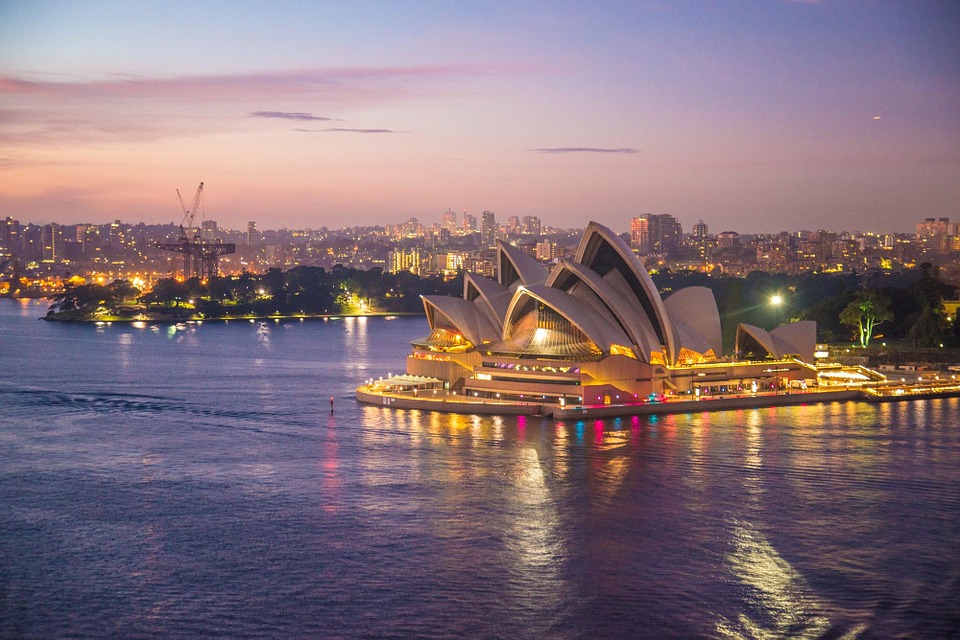
Since 1998 this country has introduced national standards for measuring air quality and a national reporting process to monitor certain areas of the state that are more polluted than others. Six air polluting criteria are used: ozone, carbon monoxide, nitrogen dioxide, sulfur dioxide, particles such as PM10 and PM2.5, and lead. The process of collecting and analyzing these data began in 2002, and they have been subsequently extrapolated thanks to the air quality index (AQI) in 2008. In that way, they’ve managed to maintain their air pollution (17.26μg) and drinking water pollution very low (13.56μg).
9. New Zealand – 23.40
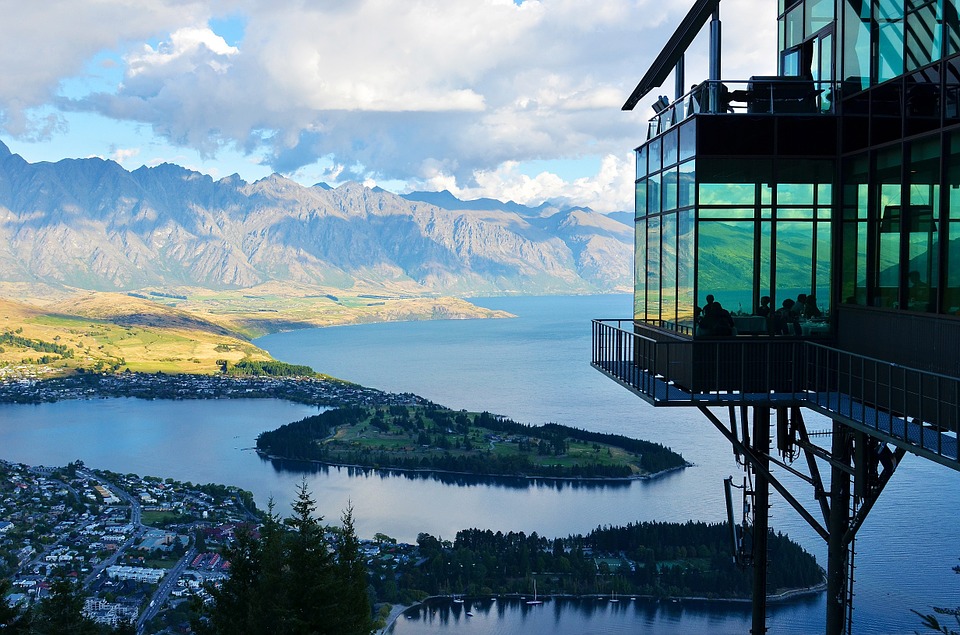
This state has introduced some measures to reduce environmental pollution and the water pollution varies depending on the river basins. This lead to an agreement to dry and clean the flows to address various problems, especially those related to pollution from livestock producing milk and fertilizers. Before the 2000s, agriculture alone contributed to 48.2% of total emissions, while in the other countries of the Kyoto Protocol, agriculture should contribute about 11% of total emissions.
8. Switzerland – 22.39
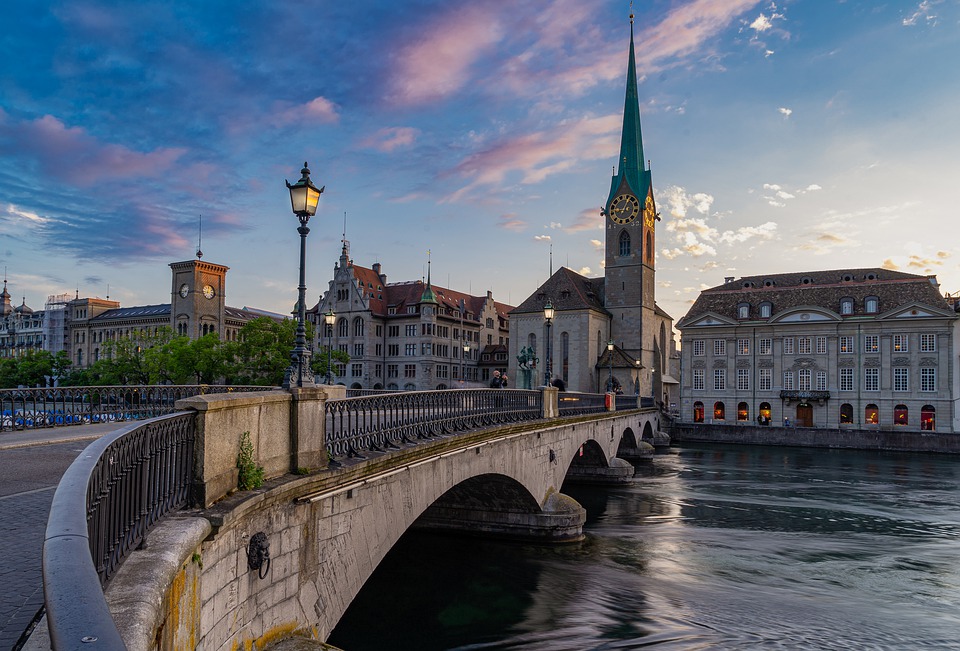
Since the 1980s, the air quality in Switzerland has undergone a great improvement. However, the level of nitrogen oxides, ozone, and respirable fine dust remains in quantities that are still much higher than normal. The pollution increases sharply when there is strong solar radiation and a lack of wind, especially during the summer period. That’s why Switzerland has decided to implement measures for reducing the level of ozone in the air by limiting motorized traffic and industrial and craft activities.
7. Austria – 22.19
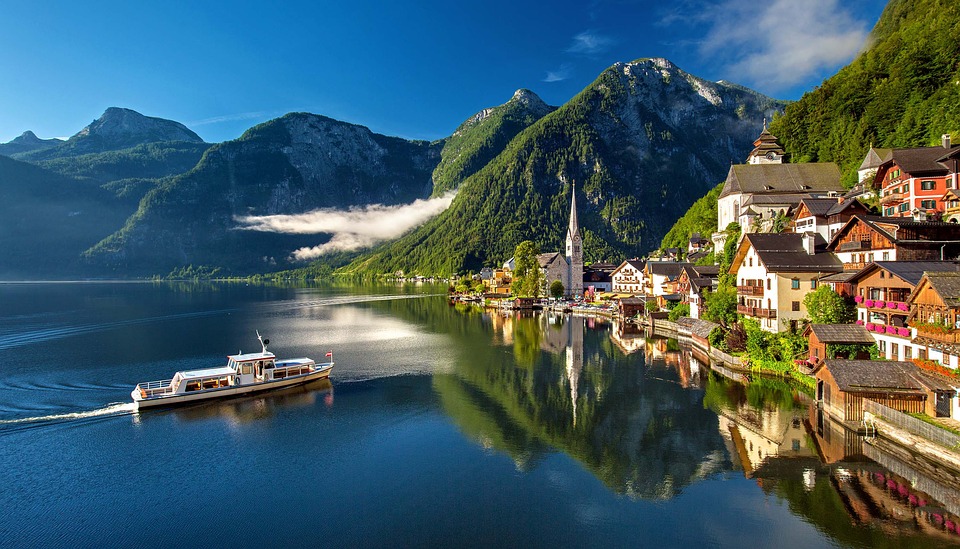
Austria is one of the most virtuous nations and, aiming to reduce emissions of fine particles and nitrogen oxides, it has introduced the environmental badge, which affects only vehicles, which are the main cause of its pollution. In 2012, the Ministry of the Environment introduced various access bans and traffic restrictions affecting all vehicles. Namely, the vehicles must obtain an environmental badge if they have to pass through one of the 6 environmental zones with limited traffic in Austria. In 2014, aiming to reach the limits imposed by the European Union, restrictions were also implemented on the EURO 2 vehicles.
6. Denmark – 21.33
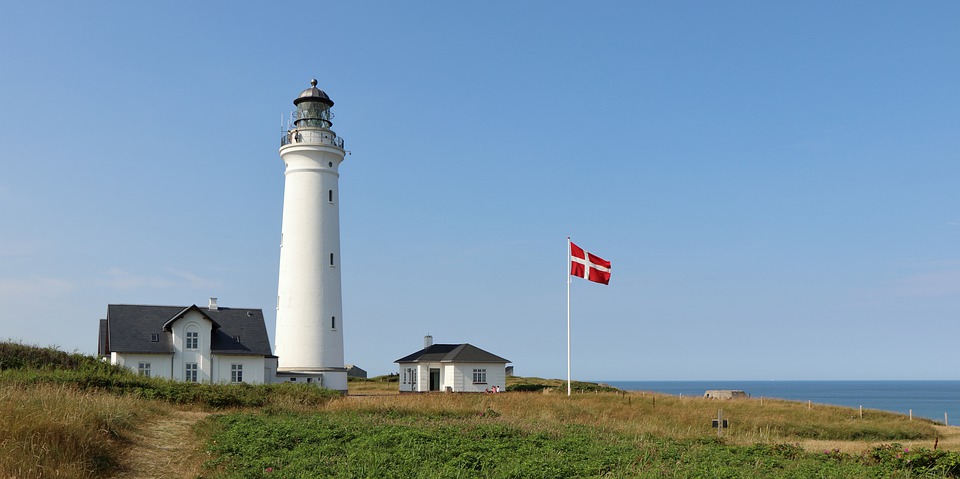
It is one of the cleanest and most avant-garde countries in the world, which is also a result of its enormous investments in the form of wind energy. In fact, in 2015 only, there were around 5.000 wind turbines throughout the Danish territory. Today, about 45% of the energy consumed by the Danes comes from the wind, while in 1990 it was only 2%. However, they managed to keep their pollution low not only because of the country’s investment in the energy sector but also because their citizens care committed to keeping it clean, Namely, 90% of the citizens of the capital, Copenhagen, have a bicycle while only 40% have a car.
5. Norway – 20.35
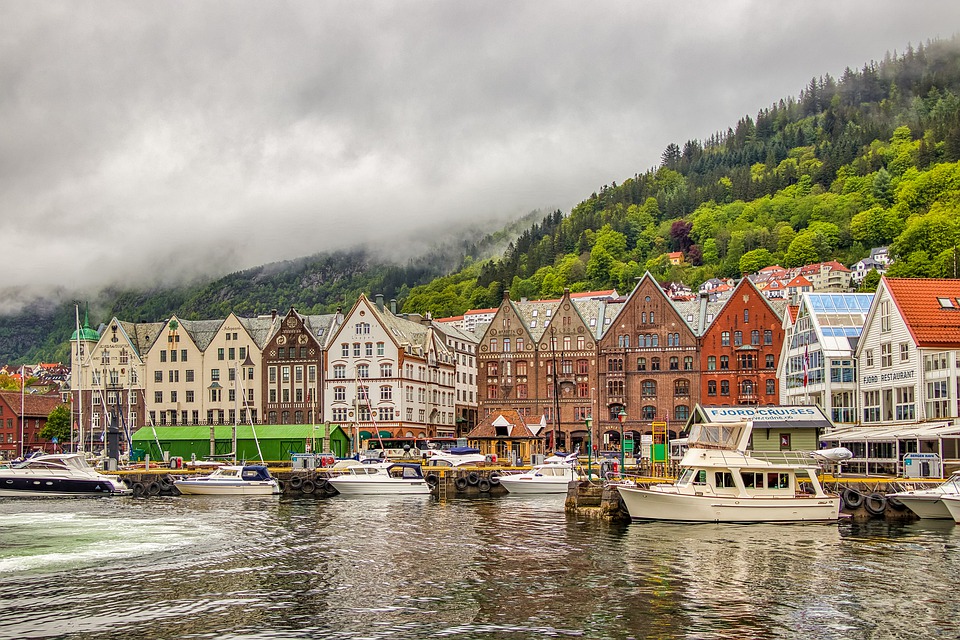
The country is very dedicated to the protection of the ecosystem and water assets. In fact, the Norwegian government has implemented a policy aimed at controlling the exporters of plastic waste, from whom detailed information about the volume and type of waste is required. On an international level, Norway has established an important dialogue with the World Bank to launch a global fund to bring the problem of seas and oceans pollution to the attention of the world. Finally, this country has implemented an important project to manage CO2 emissions.
4. Estonia – 19.81
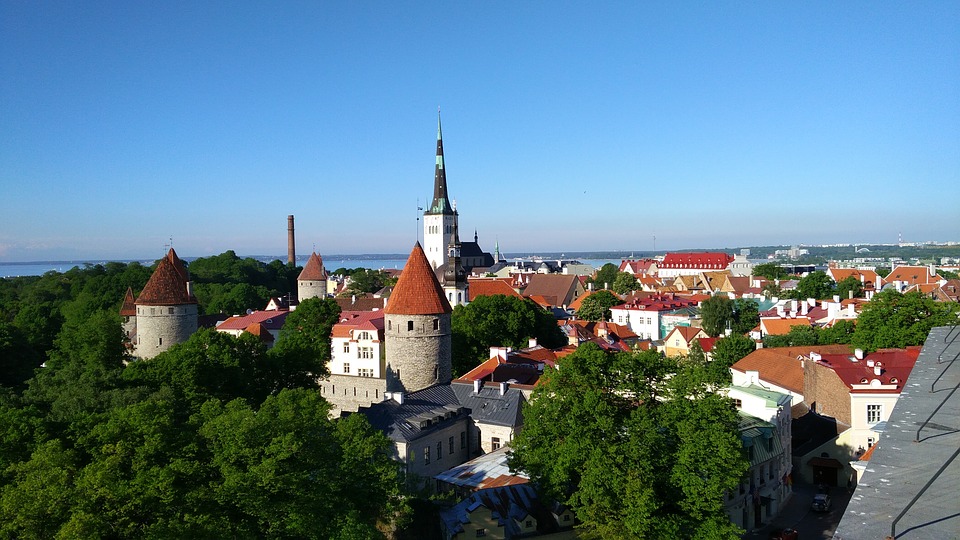
Estonia boasts many forests, green, and protected areas, but they still have some pollution issues. These issues derive from fossil fuel-powered power plants that compromise the quality of air and water. This phenomenon has reached the most worrying levels in the Soviet period. But today, the Tallinn government shows great sensitivity to the problem and implements numerous regulations to protect the environment. For example, citizens are ” discouraged ” from using cars on weekdays and, since 2013, you can travel for free on busses and trams in Tallinn. This ecological breakthrough in Tallinn is one of the most important and successful initiatives implemented in Europe.
3. Sweden – 18.09
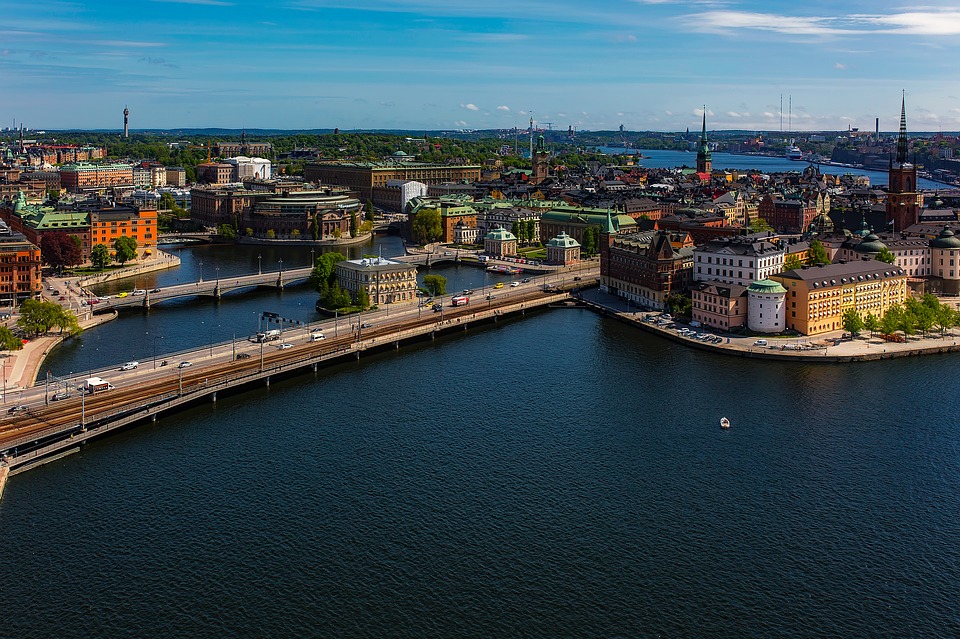
To reduce the levels of nitrogen dioxide in the air (especially in the busiest streets of its capital), and with that, the pollution, Sweden has implemented three methods: banned the use of studded tires, more frequent washing of roads, and washing the roads with a liquid that can collect the dust. Moreover, there are also plans to introduce a tax on studded tires.
Sweden is also one of the countries, along with Denmark, Finland, Iceland, Norway, and Sweden, that participated in the Nordic Council of Reykjavik. Here, an important step forward against fighting sea contamination by plastic was taken.
2. Iceland – 16.21
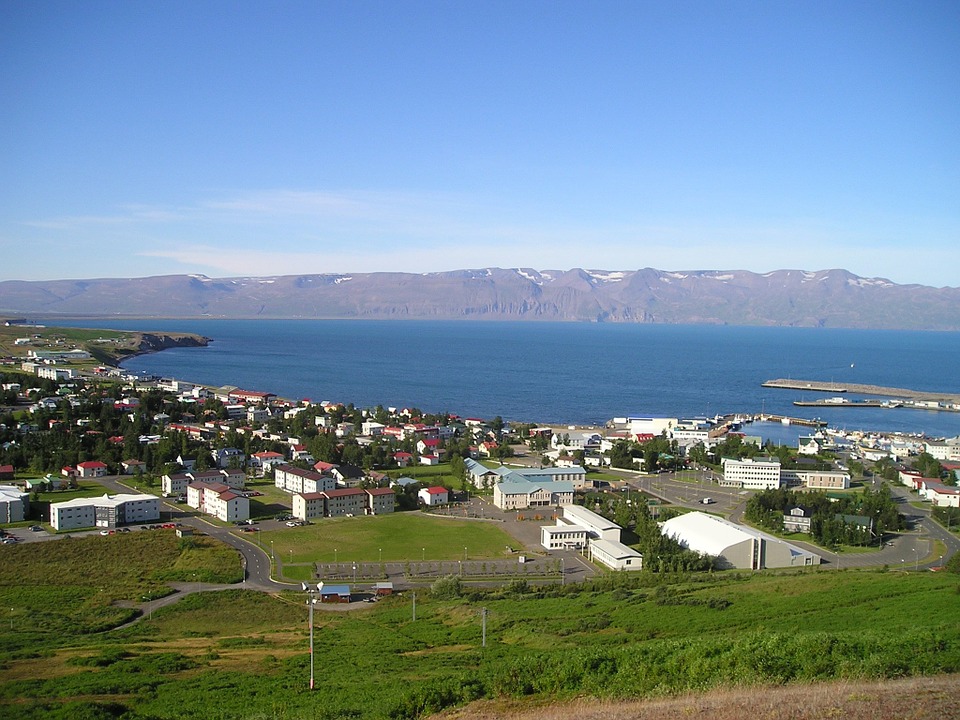
Iceland is one of the greenest and least polluted countries in the world. It’s also very fortunate to be able to avoid pollution from fuels and alike thanks to its geographical characteristics. There’s a lively and constant volcanic activity on its territory which makes the subsoil an inexhaustible source of energy.
Between 1990 and 2015, the CO2 emissions in Iceland increased by 30%. One of the causes was contributed by peatlands, which annually emit a large number of greenhouse gases. To prevent the increase of peat and, therefore, of emissions, the Icelandic Ministry of Environment and Natural Resources has introduced a project that involves the restoration of wetlands, which are blocking the releasing of greenhouse gases.
1. Finland, 11.55
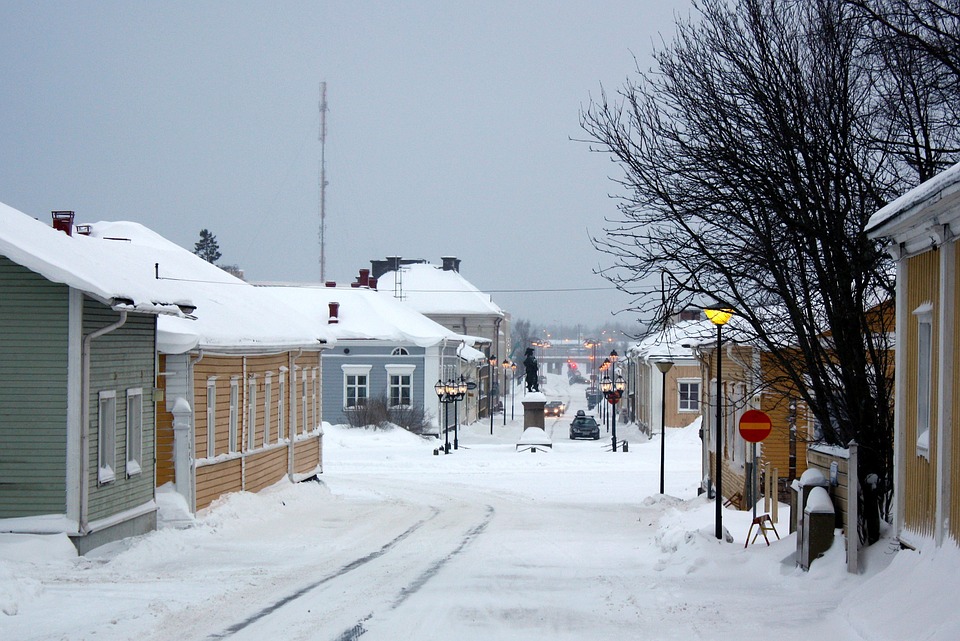
Finland is at the top of this list due to being one of the most sustainable countries in the world. Its capital, Helsinki, is working to become a “zero emissions” city, with a plan that will lead to a 60% decrease in emissions harmful to the environment. This plan aims to lower the heating consumption in homes and increase the use of photovoltaic panels in homes and electric transport. The “Think Sustainability ” project also played a great role, suggesting actions in different areas such as zero-kilometer catering or eco-hotels.
Check out these amazing hotel deals!
- Save up to 30% on your hotel in Hawaii!
- Last-minute holiday hotel deals
- Top hotel deals for a new year trip
- Visiting Paris? Find the Best Deals & Reviews at TripAdvisor.
- Save 30% on hotels in Ocean City, Maryland...a TripAdvisor Top 10 Summer Destination!
- Save up to 30% on your hotel on your Winter Vacation!
- Find top-rated hotels at the lowest prices on TripAdvisor. Check rates now!
- Save up to 30% on hotels for a romantic getaway!!
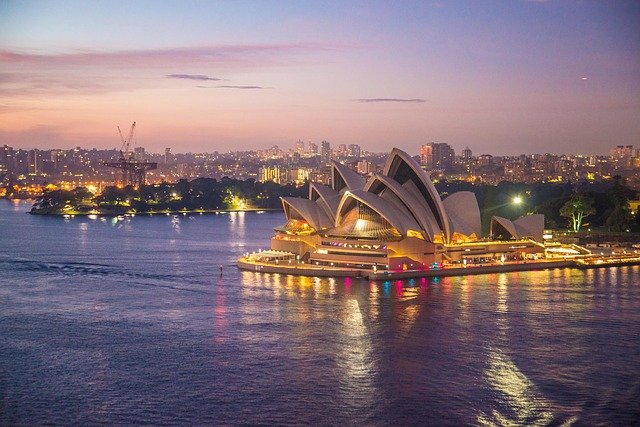





Find Us on Socials